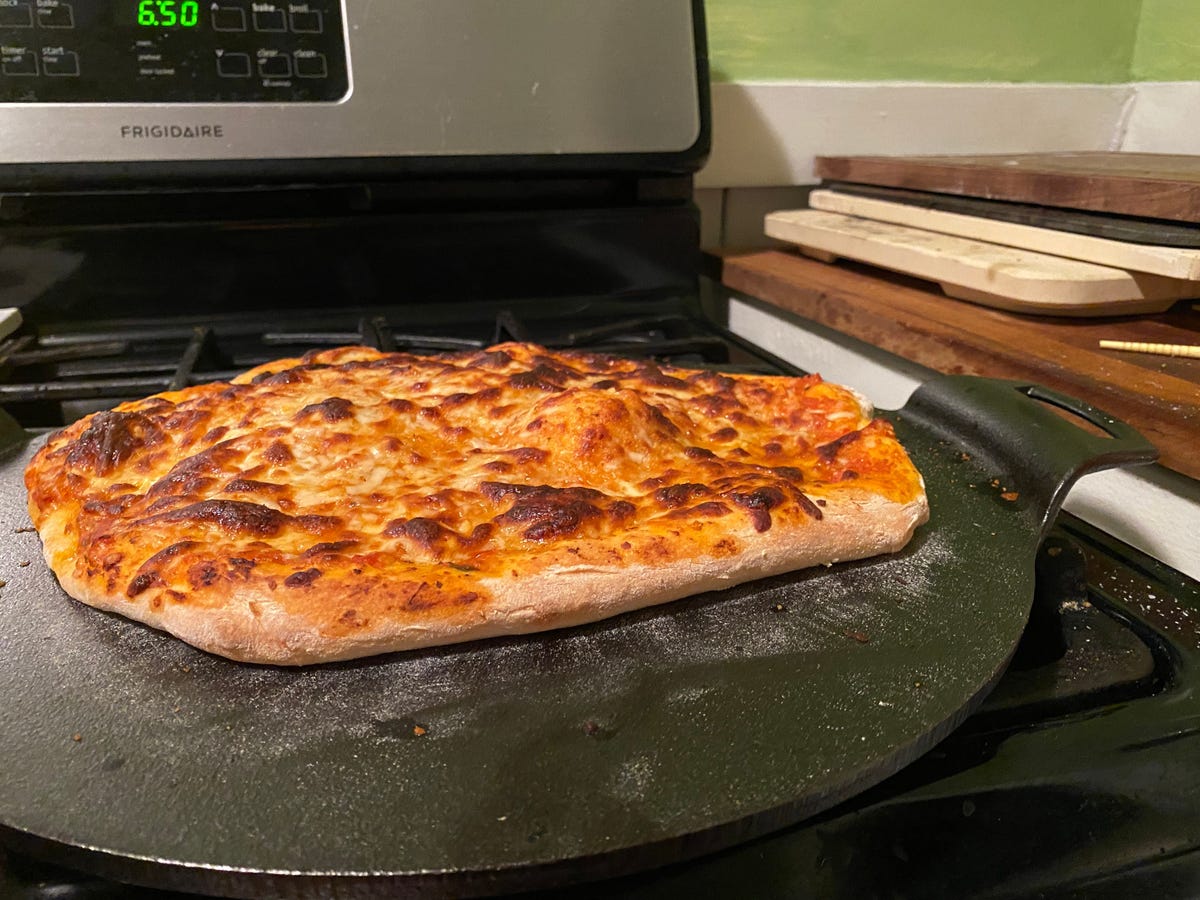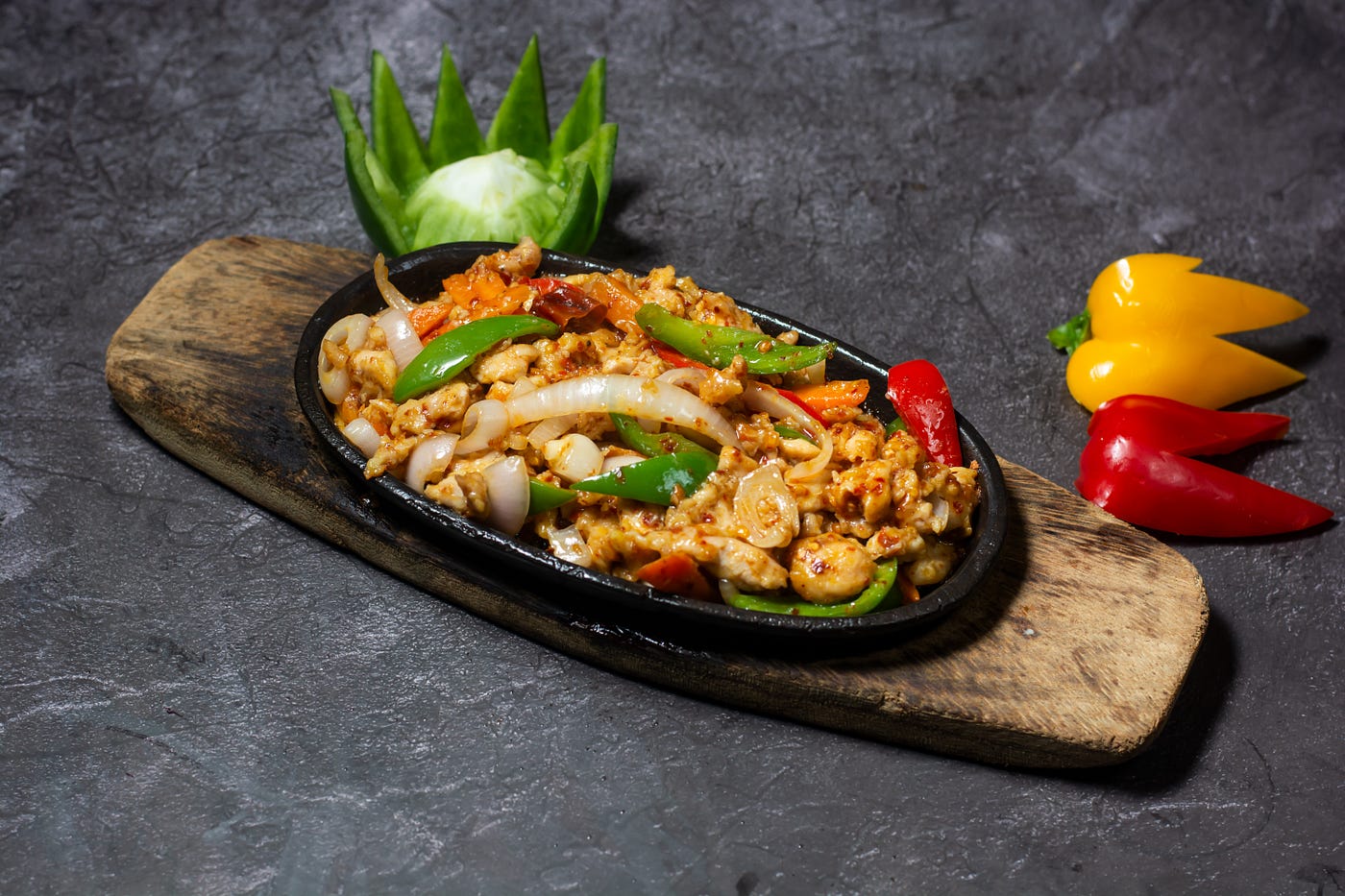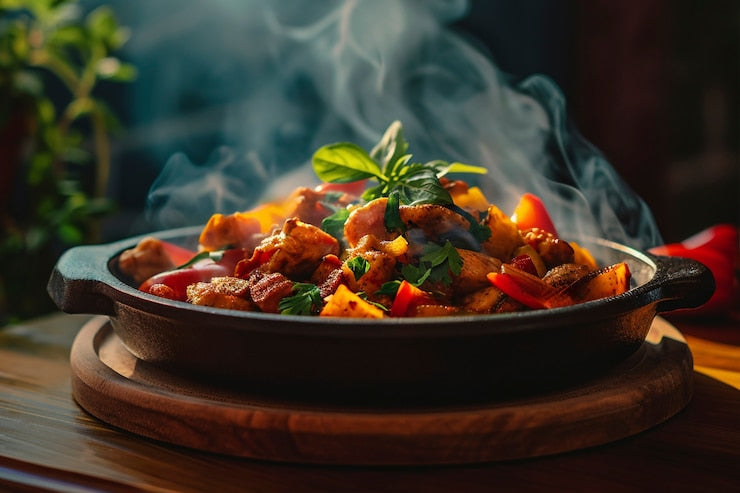When it comes to achieving the perfect bake, knowing the nuances of your baking stone sizes explained can make a world of difference. For kitchen professionals, understanding the various sizes, materials, and uses of baking stones is crucial to mastering their culinary craft.
Introduction to Baking Stones
Baking stones are a staple in professional kitchens. Not only do they provide a superior baking surface, but they also retain and evenly distribute heat, mimicking the effects of a brick oven. To ensure you're getting the most out of your baking stone, comprehending baking stone sizes becomes vital.

Why Size Matters
The size of a baking stone can significantly impact your baking results. A stone that's too small might not bake your dough evenly, while a larger stone could be cumbersome for your oven. Therefore, **choosing the right size** will enhance your baking experience. Consider factors such as the type of oven you have and the kinds of products you bake regularly.
Popular Baking Stone Sizes
Baking stones typically come in a range of sizes, from small rounds perfect for personal pizzas to large rectangular stones ideal for batch baking. Common sizes include:
- **10-inch round stones** for personal and small pizzas.
- **12 x 15-inch rectangular stones**, suitable for baking bread or multiple cookies.
- **14 x 16-inch stones** for larger batches and commercial use.
Choosing the Right Thickness
Thickness is another vital factor when discussing baking stone sizes explained. Thicker stones offer better heat retention but require longer preheating times. A thickness between half an inch to three-quarters of an inch is generally recommended for intensive professional use.
Materials & Maintenance
Baking stones are commonly made of materials like cordierite, ceramic, or even steel. Each material affects heat retention and distribution differently and can contribute to varied baking outcomes.
Maintaining your baking stone involves regular cleaning and seasoning. Check out this guide for tips on maintaining cooking surfaces.
Alternative Uses for Baking Stones
Beyond typical baking tasks, baking stones can be used for grilling or to keep foods warm. For a deeper dive into unconventional uses of baking stones, refer to this article.

Integrating Baking Stones into Your Culinary Routine
Integrating a properly sized baking stone can fundamentally alter your kitchen dynamics. It allows for crispier crusts in breads and pizzas, and is a favorite amongst professionals looking for consistency in every batch.
Where to Purchase
Quality baking stones can be found in specialized kitchenware shops or online. If you're considering purchasing one, this resource may help you find different options.
How to Measure for the Perfect Fit
Understanding how to measure your oven and match it with the right stone size is crucial. For detailed instructions, visit this guide.
FAQs
What is the best thickness for a baking stone?
A thickness of about half an inch to three-quarters of an inch is often preferred for professional use, providing excellent heat retention.
Can I use a baking stone on a grill?
Yes, many baking stones are versatile enough to be used on grills, enhancing flavors and cooking consistency.
How do I clean my baking stone?
Avoid soap, which can seep into the porous surface. Instead, use a scraper or brush for cleaning once the stone has cooled.
This article contains affiliate links. We may earn a commission at no extra cost to you.






Leave a comment
This site is protected by hCaptcha and the hCaptcha Privacy Policy and Terms of Service apply.